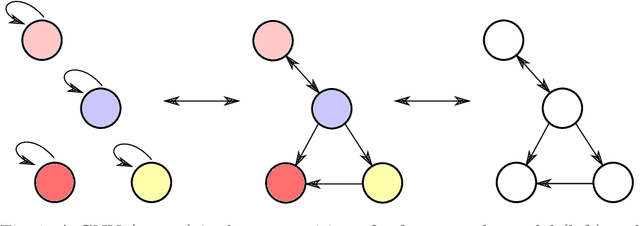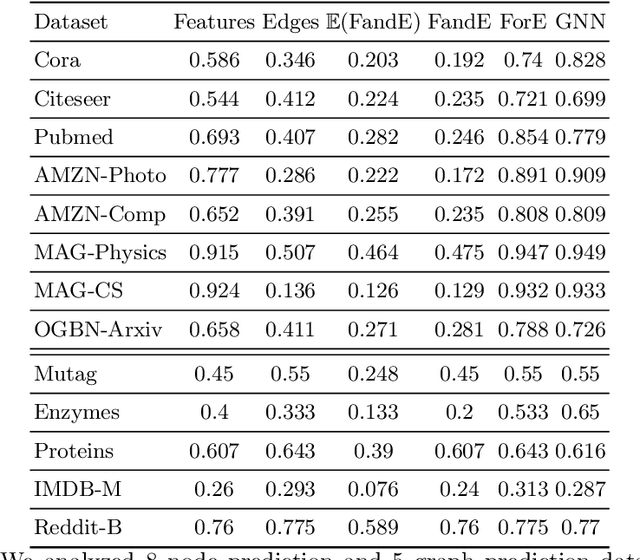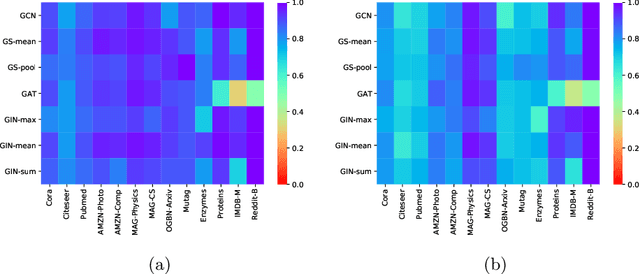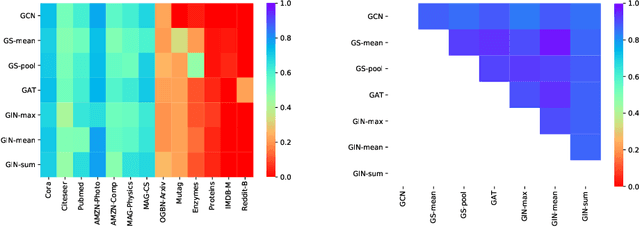Should Graph Neural Networks Use Features, Edges, Or Both?
Paper and Code
Mar 11, 2021



Graph Neural Networks (GNNs) are the first choice for learning algorithms on graph data. GNNs promise to integrate (i) node features as well as (ii) edge information in an end-to-end learning algorithm. How does this promise work out practically? In this paper, we study to what extend GNNs are necessary to solve prominent graph classification problems. We find that for graph classification, a GNN is not more than the sum of its parts. We also find that, unlike features, predictions with an edge-only model do not always transfer to GNNs.
 Add to Chrome
Add to Chrome Add to Firefox
Add to Firefox Add to Edge
Add to Edge